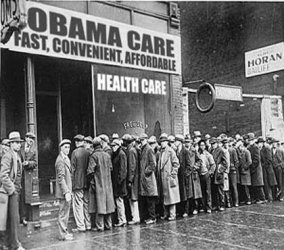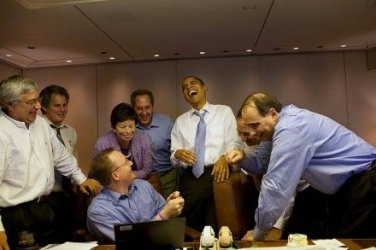Misty
Gold Member
- Aug 11, 2009
- 7,137
- 1,959
- 245
"Take a hard look instead at whats known as the U6 rate, which tracks not only those out of work but those whove essentially given up looking for work.
That rate stands at about 14.5%, or nearly double the official unemployment rate.
As economists digest the disappointing job numbers released Friday -- just 120,000 jobs added in March, well below expectations -- some say the U6 figure is the data point people should be focused on.
The official figure used by the Labor Department leaves out a lot of people whove just given up, said Aparna Mathur, a resident scholar and economist at the American Enterprise Institute.
The U6 number is derived from a household survey that includes people who are actually unemployed as well as those who havent looked for work in over four weeks, Mathur explained."
Time to Focus on the Real Unemployment Rate | Fox Business
That rate stands at about 14.5%, or nearly double the official unemployment rate.
As economists digest the disappointing job numbers released Friday -- just 120,000 jobs added in March, well below expectations -- some say the U6 figure is the data point people should be focused on.
The official figure used by the Labor Department leaves out a lot of people whove just given up, said Aparna Mathur, a resident scholar and economist at the American Enterprise Institute.
The U6 number is derived from a household survey that includes people who are actually unemployed as well as those who havent looked for work in over four weeks, Mathur explained."
Time to Focus on the Real Unemployment Rate | Fox Business





 Ed...stop...just stop. Stretch Armstrong couldn't reach this far.
Ed...stop...just stop. Stretch Armstrong couldn't reach this far.